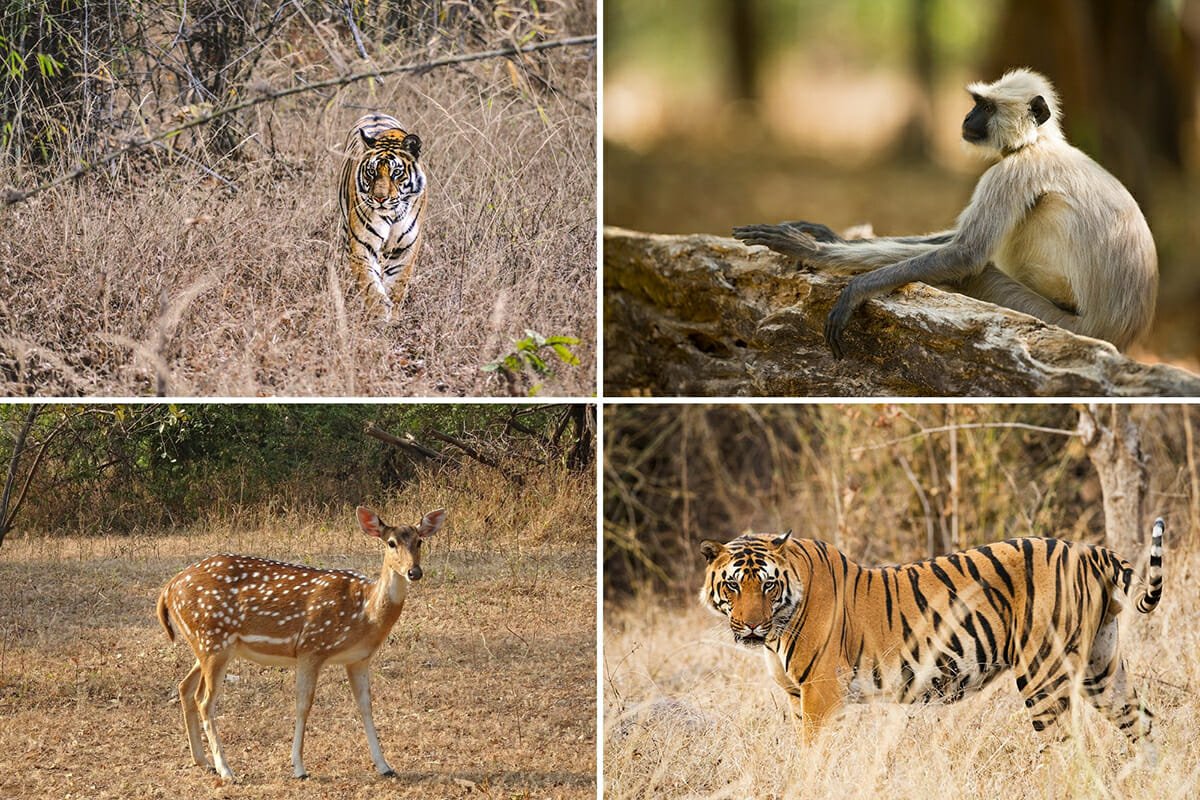14 Tiger Reserves in India accredited with Global Conservation Assured Standards
by
India is rich in wildlife and a blessed home to Tigers. From India, 14 tiger reserves have received the accreditation of the Global Conservation Assured Tiger Standards (CA|TS). The National Tiger Conservation Authority (NTCA) recognized the ‘BaghRakshaks’ for their efforts in protecting Tigers and forests.
Conservation Assured | Tiger Standards (CA|TS) has been agreed upon as an accreditation tool by the global coalition of Tiger Range Countries (TRCs) and has been developed by tiger and protected area experts. Officially launched in 2013, it sets minimum standards for effective management of target species and encourages assessment of these standards in relevant conservation areas. CA|TS is a set of criteria which allows tiger sites to check if their management will lead to successful tiger conservation. The National Tiger Conservation Authority (NTCA) recognized the ‘BaghRakshaks’ for their efforts in protecting Tigers and forests.
The 14 tiger reserves of India that have received prestigious global accreditation from CA|TS are:
- Mudumalai and Anamalai Tiger Reserves, Tamil Nadu
- Bandipur Tiger Reserve, Karnataka

- Parambikulam Tiger Reserve, Kerala
- Sunderbans Tiger Reserve, West Bengal

- Dudhwa Tiger Reserve, Uttar Pradesh
- Valmiki Tiger Reserve, Bihar
- Pench Tiger Reserve, Maharashtra
- Satpura, Kanha and Panna Tiger Reserves, Madhya Pradesh
Tiger conservation in India took off as a major activity under Project Tiger in 1973. A tiger census conducted in 1972 (tiger hunting was banned in 1970) estimated there were 1,827 tigers in the country against an estimated 40,000 at the turn of the 20th century. The Wildlife Protection Act also came into force in 1972. According to the 2018 tiger census, there is an estimated 2,967 tigers in India, of which 2,461 tigers have been photographed through camera traps. Guinness World Records (in 2020) has also recognised the camera trap survey as the largest such wildlife survey undertaken.
It is well established that tigers are an ‘umbrella species’, and by focusing on tiger conservation, the forest they live in is also protected to the highest standards, with all the faunal and floral species benefiting from it too.
The Indian tiger reserves recognised under CA|TS are also part of the tourism circuit of the states they belong to. Although winter is the most convenient time to visit these tiger reserves, peak summer is the best time when the chance of meeting the magnificent beast is more. Most of these reserves have well-defined tourist zones, accessible with special permits.










 Stay at the heritage
Stay at the heritage  4. Kanha National Park
4. Kanha National Park









